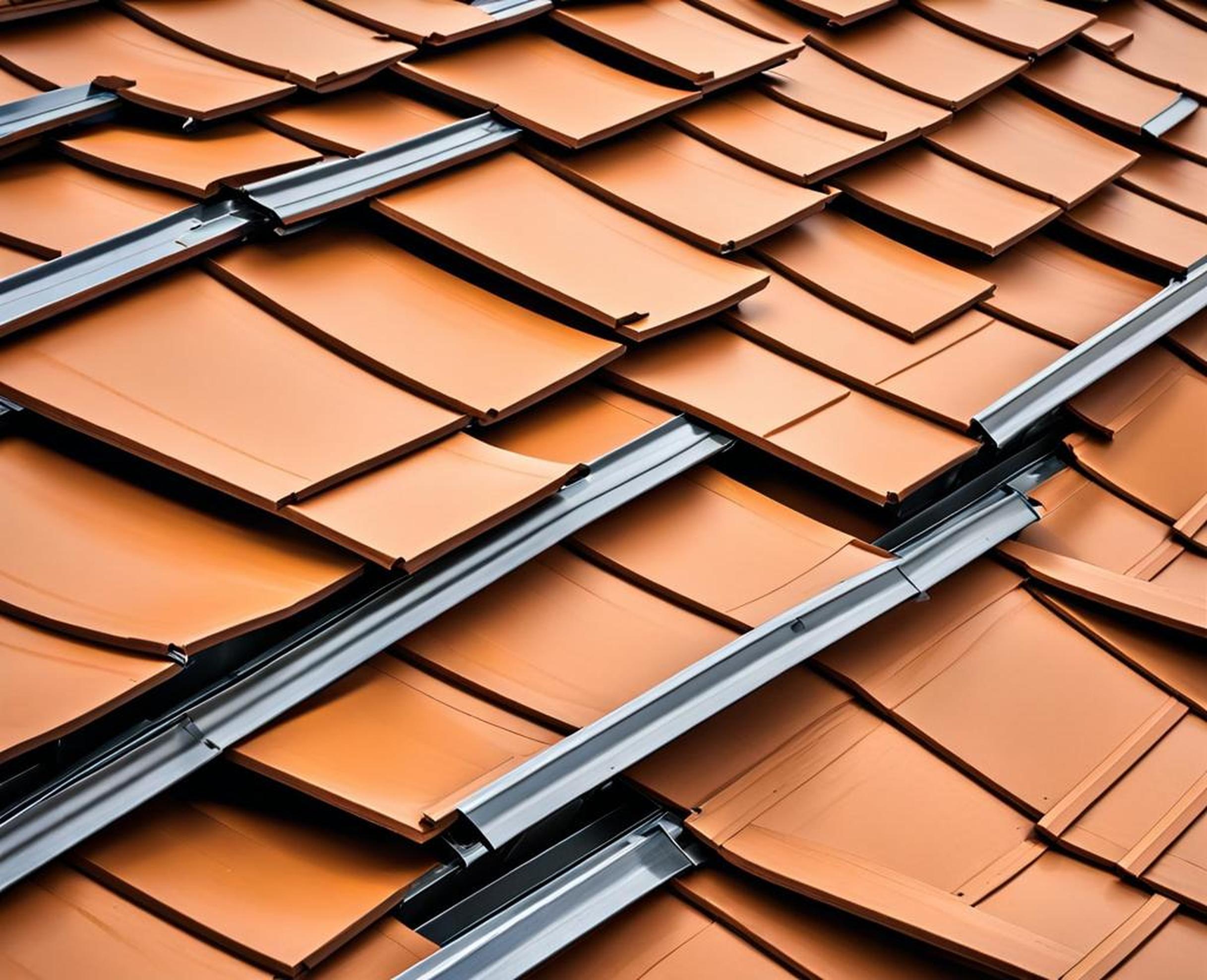A roof may seem simple from the outside, but it’s a complex system with many working parts. Understanding the anatomy of your roof empowers you to properly maintain it and catch issues early. We’re going to uncover the 8 most critical components protecting your home’s roof.
Your roof takes a beating from the elements year-round. It deserves more attention than just a glance from the curb. Let’s shed some light on what’s happening up top.
Roof Decking – The Foundation
The roof deck acts as the foundation or backbone for the whole roof system. It’s installed on top of the roof trusses or rafters to create a solid surface for attaching the other components.
Roof decking is typically made from plywood, oriented strand board (OSB), or plank boards. The decking material must be properly fastened to the roof framing to withstand wind uplift forces.

Insulation is often laid atop the roof decking before the underlayment and shingles are installed. This helps improve the energy efficiency of the home.
Underlayment – The Protective Barrier
Underlayment creates a water-resistant or waterproof barrier between the roof deck and the shingles. It provides a second line of defense against leaks, preventing moisture intrusion into the roof, attic, and home interior.
Common underlayment materials include:
- Felt or tar paper
- Synthetic underlayment like ice & water barrier
- Rubberized asphalt
Proper underlayment installation involves overlapping rows in a shingle fashion along the slope of the roof. This ensures water is diverted downward without permeating the layers below.
Shingles – The Outer Skin
Your home’s shingles are the visible outer layer shielding the roof. Shingles are designed to be waterproof and durable while withstanding the punishing forces of rain, snow, UV rays, and more.
Some of the most common roofing shingle types include:
- Asphalt – flexible and budget-friendly
- Wood shake or shingle
- Slate – natural stone shingles
- Metal
- Concrete or clay tile
Knowing when to replace worn or damaged shingles is critical. Warning signs include curling, cracking, loss of granules exposing the mat, and broken or missing shingles that require patching.
Flashings – The Waterproofing Barriers
Flashings provide a waterproof barrier where the roof planes, valleys, vents, and other elements intersect. You’ll find flashings around chimneys, skylights, roof protrusions, and any change in slope.
Flashings prevent water intrusion by routing moisture away from vulnerable areas. They are commonly made from galvanized steel, copper, aluminum, or flexible rubber or asphalt.
Valleys – The Waterways
Valleys are the angles formed where two roof slopes meet. They serve as channels to collect and divert rainwater safely off the roof. Valleys are lined with flashing to prevent leaks.
There are open and closed valley designs. With an open valley, shingles stop short of the centerline. With a closed valley, shingles overlap across the center.
Proper valley installation is crucial. Shingles must be cut to match the valley angle so water can flow unimpeded.
Vents – The Airflow Circulators
Ventilation is vital for roof health. Proper airflow regulates temperature and moisture to prevent condensation buildup and ice dams.
Types of roof vents include:
- Ridge vents along the roof peak
- Gable vents in the triangular end walls
- Soffit vents under the eaves
Vents work together as a system to draw fresh air in and stale air out. Enough ventilation means your roof can breathe easy.
Eaves and Overhangs – The Outer Edges
The eaves are the roof edges that overhang past the exterior walls. This area includes the fascia board, soffit, and gutter system.
An optimal overhang size is about 12-24 inches. This helps protect siding and windows from rain while allowing sunlight in. Oversized overhangs can uplift in high winds.
Inspect eaves and overhangs to ensure proper drainage. Clogged or damaged gutters can lead to moisture issues.
Skylights and Other Openings
Skylights let natural light into your home through openings in the roof. When properly installed, they are weather-tight. But problems can occur if the flashing is subpar or seals deteriorate.
Other roof openings consist of plumbing vents, exhaust fans, and chimneys. Like skylights, improper sealing can lead to moisture intrusion and roof rot.
Ensure all roof penetrations have durable, water-tight flashings. Check for cracks, warping, or deterioration.
Those are the essential parts responsible for protecting your roof from the elements. Understanding roof anatomy equips you to make educated decisions about repairs and maintenance.
Don’t let small issues snowball into major headaches down the road. Schedule annual inspections and perform preventative maintenance. A few proactive steps now can add decades of life to your roof.
